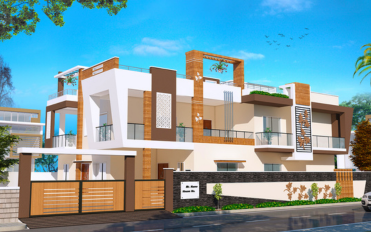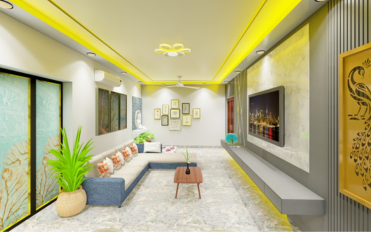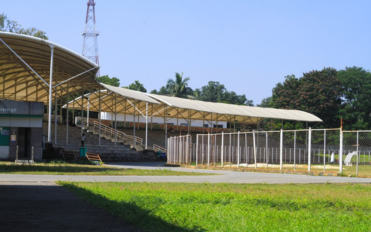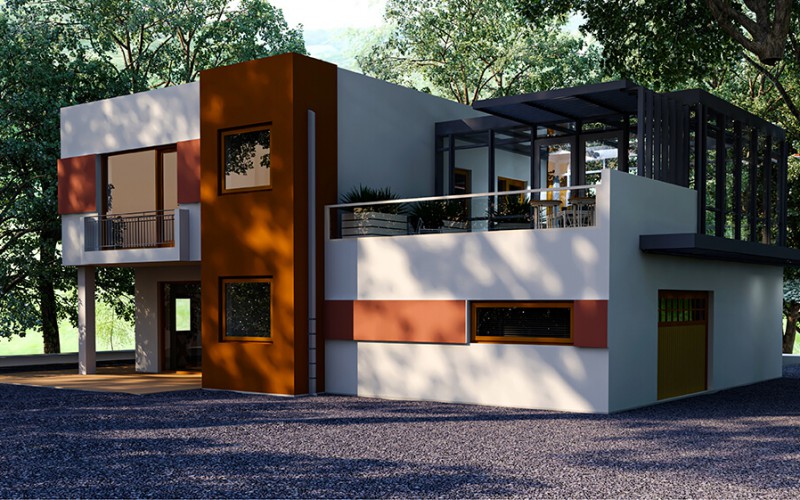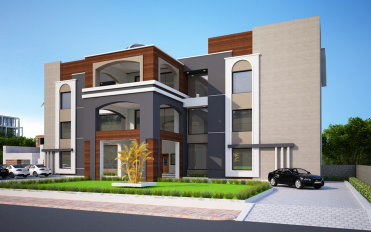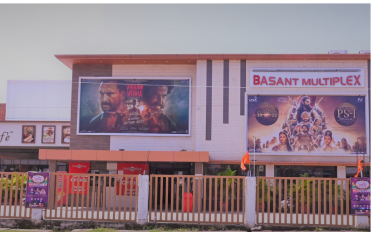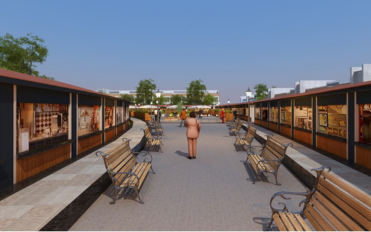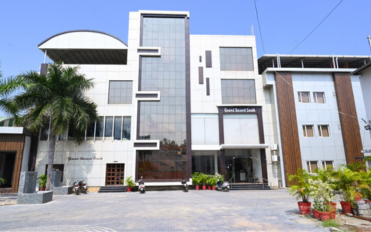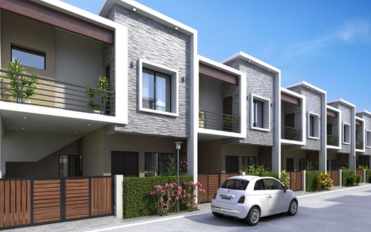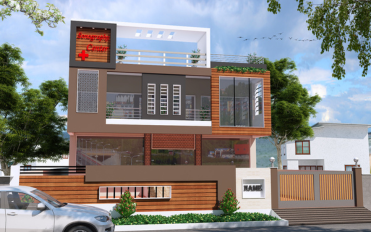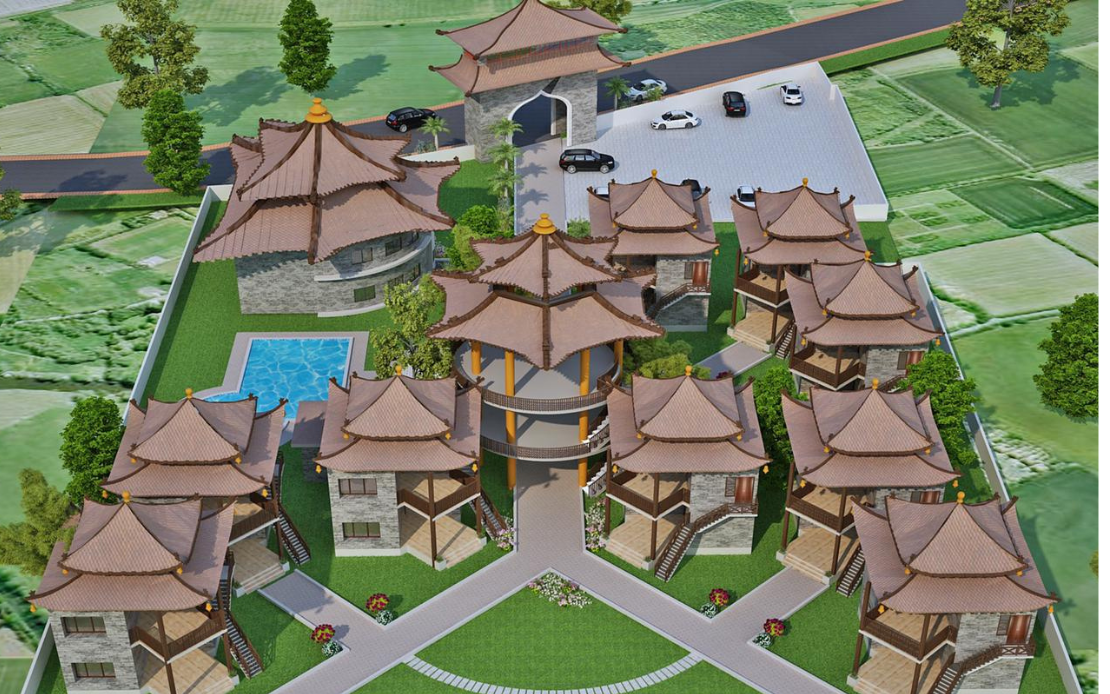
RESORTS
Resorts in architectural design are specialized structures crafted to offer luxury, relaxation, and a unique experience for guests. The design of resorts can vary greatly depending on the location, purpose, and target clientele. Here's a more detailed breakdown:
1. Site-Specific Architecture
- Integration with Nature: Resorts are often designed to harmonize with their environment. Beach resorts might feature expansive views of the ocean, while mountain or jungle resorts might use materials like stone and wood to blend with the surrounding landscape.
- Sustainability: Modern resorts prioritize eco-friendly designs, utilizing renewable resources, natural ventilation, and water conservation systems to minimize environmental impact.
- Zoning and Layout: Resorts are usually designed with a spatial arrangement that allows for privacy and comfort, often placing rooms or villas far from the common areas, pools, and restaurants for a more tranquil experience.
2. Architecture Styles
- Contemporary & Minimalist: These resorts use sleek lines, large glass windows, and open spaces that emphasize simplicity while providing stunning views of the natural landscape.
- Traditional & Cultural Styles: Many resorts integrate local cultural elements into their design, such as tropical thatched roofs in coastal regions, stone cabins in the mountains, or treehouse designs in forest resorts.
- Luxury Designs: High-end resorts incorporate opulent materials such as marble, brass, and designer fixtures, creating a sense of grandeur and exclusivity. These resorts often feature expansive lobbies, grand staircases, and suites with private terraces or pools.
